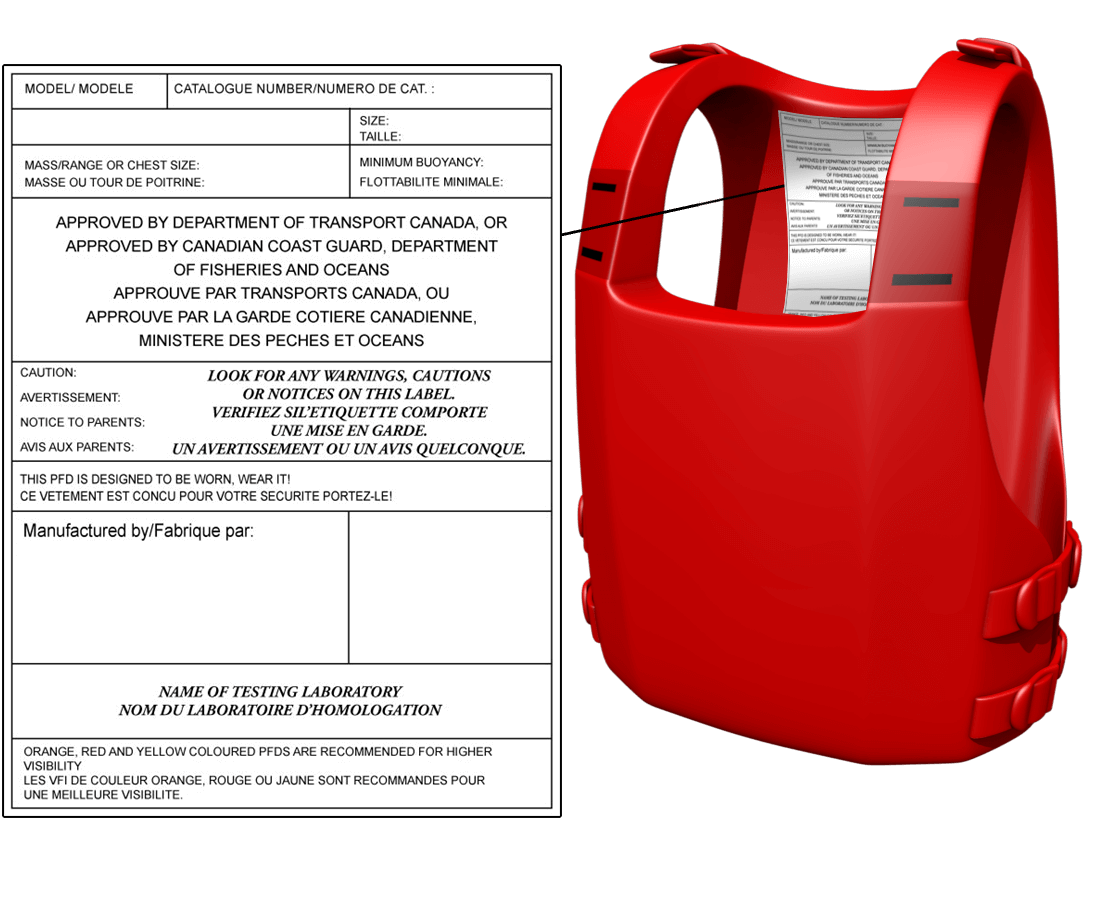How Risky Is Water Skiing? Safety Facts and Tips

Water skiing is a fun and exhilarating sport, but like any water activity, it carries inherent risks. The level of risk depends on skill, experience, equipment, environmental conditions, and adherence to safety practices. While serious injuries are relatively rare, accidents can happen, often due to high speeds, collisions, falls, or improper technique.
Common Risks:
-
Falls and Impact Injuries
-
Hitting the water at high speed can cause bruises, sprains, or fractures.
-
Beginners are more prone to falling frequently until they master balance and posture.
-
-
Collisions
-
With boats, other skiers, docks, or floating objects.
-
Can result in serious trauma if not careful.
-
-
Drowning or Near-Drowning
-
Possible if a skier is knocked unconscious or becomes tangled in the tow rope.
-
Wearing a properly fitted life jacket greatly reduces this risk.
-
-
Watercraft Accidents
-
Boat operators need to be alert and experienced to avoid sudden turns, excessive speed, or dangerous wakes.
-
-
Environmental Hazards
-
Strong currents, shallow water, debris, or submerged objects can increase the risk of injury.
-
Safety Facts
-
Life jackets are mandatory: Canadian law requires all skiers and passengers to wear an approved life jacket or PFD while on Canadian waterways.
-
Operator certification matters: Anyone operating a powered boat must carry a PCOC and follow federal and provincial boating laws.
-
Safe distances: Skiers must maintain a safe distance from other boats, docks, swimmers, and restricted areas.
-
Weather conditions: Avoid skiing in stormy, foggy, or windy conditions. Rough water increases risk of falls.

Water Skiing Safety Tips
Before You Ski
-
-
Check Your Equipment:
-
Ensure skis, ropes, and tow boats are in good condition.
-
Wear a Canadian-approved life jacket (PFD) that fits snugly.
-
-
Know the Rules:
-
Familiarize yourself with Transport Canada’s Boating Safety Regulations. Ensure you have your PCOC on hand.
-
Only tow skiers in designated areas, free of hazards.
-
-
Assess the Environment:
-
Avoid shallow water, rocks, logs, and debris.
-
Check for strong currents or restricted zones.
-
-
Have a Spotter:
-
Ensure someone other than the boat operator is on board to keep watch on the skier at all times.
-
This person communicates with the driver and signals if the skier is in trouble.
-
-
While Skiing
-
Start Slowly:
-
Beginners should start in calm water and gradually increase speed.
-
Focus on proper technique to reduce falls and strain.
-
-
Communicate:
-
Use agreed hand signals for stopping, slowing, or emergencies.
-
-
Maintain Safe Distances:
-
Keep away from other boats, swimmers, and docks.
-
Allow room for turns and sudden stops.
-
-
Know Your Limits:
-
Avoid attempting tricks or high speeds until skilled.
-
Take breaks when fatigued—tired skiers are more prone to accidents.
-
After Skiing
-
Check for Injuries: Even minor falls can cause bruises or strains.
-
Maintain Equipment: Rinse skis, ropes, and life jackets and store properly.
Quick Safety Checklist:
-
Life jacket (PFD) worn and secured
-
Equipment checked (skis, ropes, boat)
-
Someone other than the operator on board to keep watch
-
Area clear of obstacles and hazards
-
Hand signals agreed upon
-
Weather and water conditions safe
-
Ski within skill limits
-
Boat operator carries valid PCOC